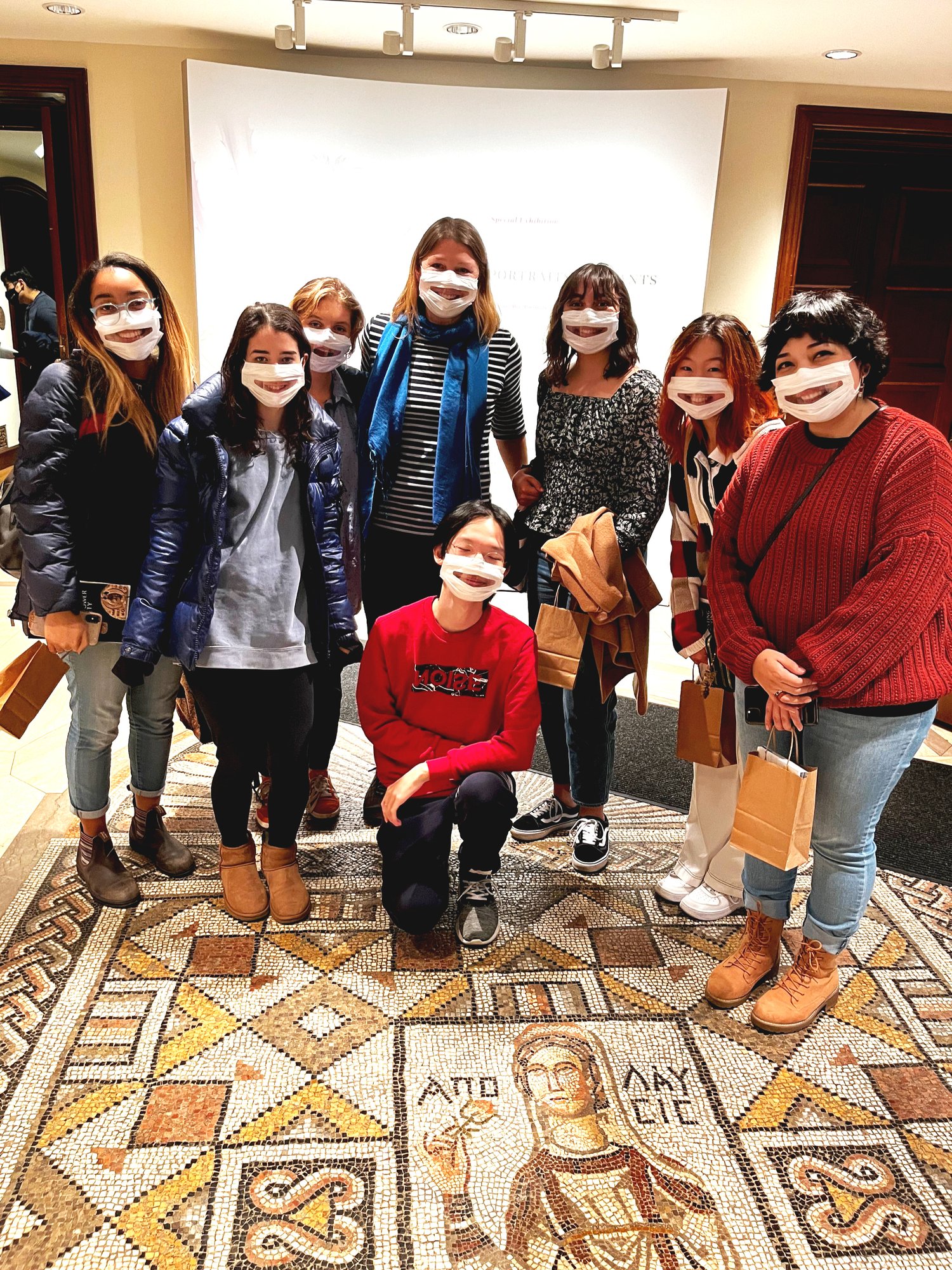Conservation of the Mosaics Amidst COVID-19
Many workstreams on the project have been impacted by increasing measures put in place to stop the spread of coronavirus. Social distancing and travel restrictions have caused numerous public spaces to close as well as schools, universities, and workplaces. Museums have also been impacted by these initiatives which, ultimately, halts any in person interaction with art (and for our purposes the Antioch mosaics). It will also be interesting to see how museums and other art institutions adapt to a more virtual world. Where art museums were mostly a place of physical gathering to exhibit pieces, they must now create ways for visitors to interact digitally. There is also the looming question of how this pandemic will impact funding and focus on the humanities.
Luckily, before I had to leave campus, I was able to meet with Angela Elliot at the Walters Art Museum. She is a conservator at the museum and had previously worked at the BMA with the Antioch mosaics. It was interesting to discuss her thoughts on the impact of coronavirus on museum visitation (this was before more strict measures regarding public gatherings were put in place).
It was helpful to gain insight on the day to day work of a conservator and the roles they have within the museum. Mosaics themselves are stable structures, however conservation projects are expensive. The size and weight of the Antioch mosaics make relocation difficult so they will most likely stay stagnant at the BMA.
My current workstream is going to lead me to investigating past conservation work done on the mosaics. I have been digitally tracking conservation efforts done to the Antioch Mosaic in order to possibly document the work done on them. It is important to know the decisions conservators have made and the possible impact they have on the viewers’ experience with the mosaics.
Patricia Kolodziejski
